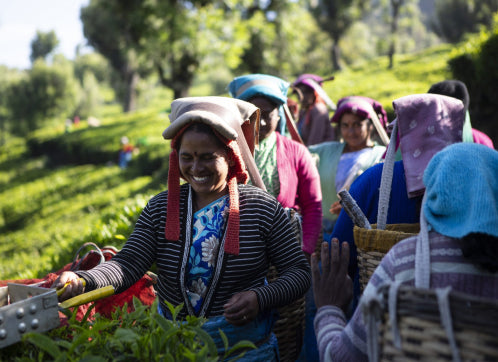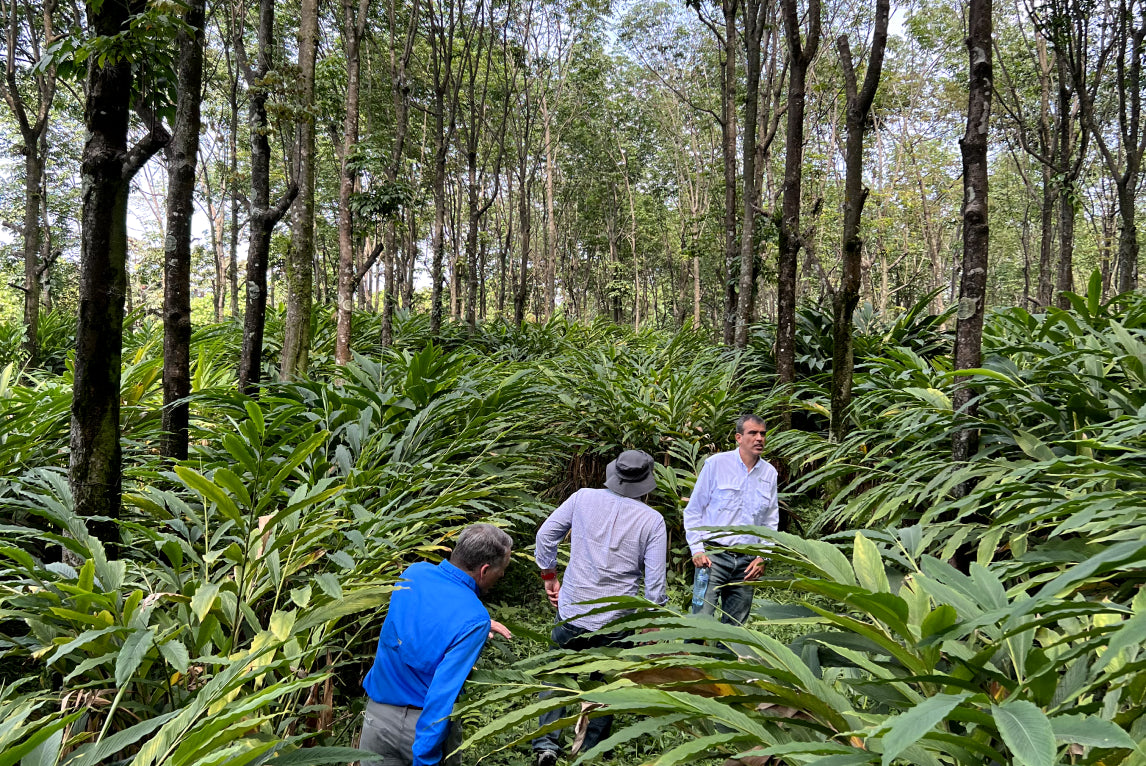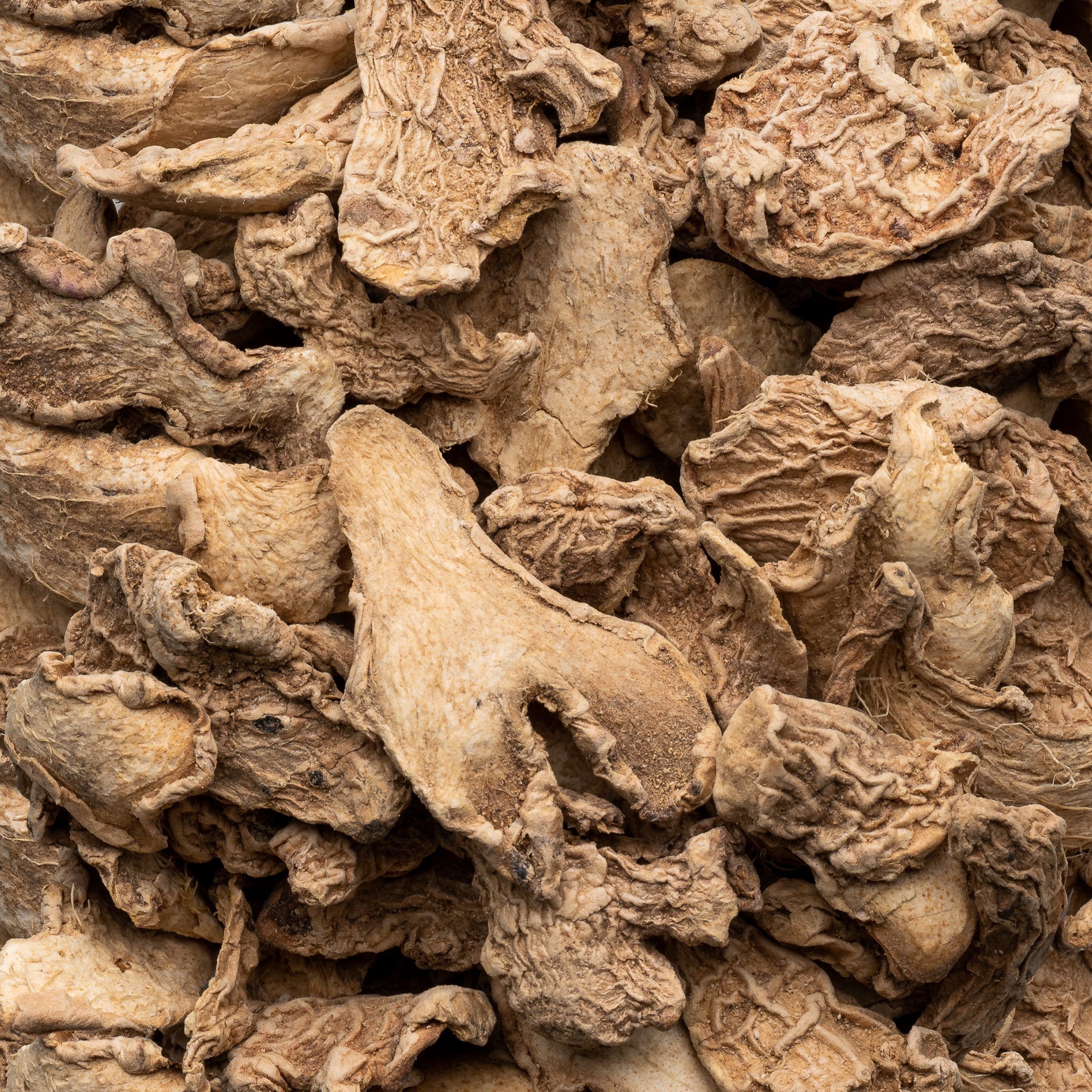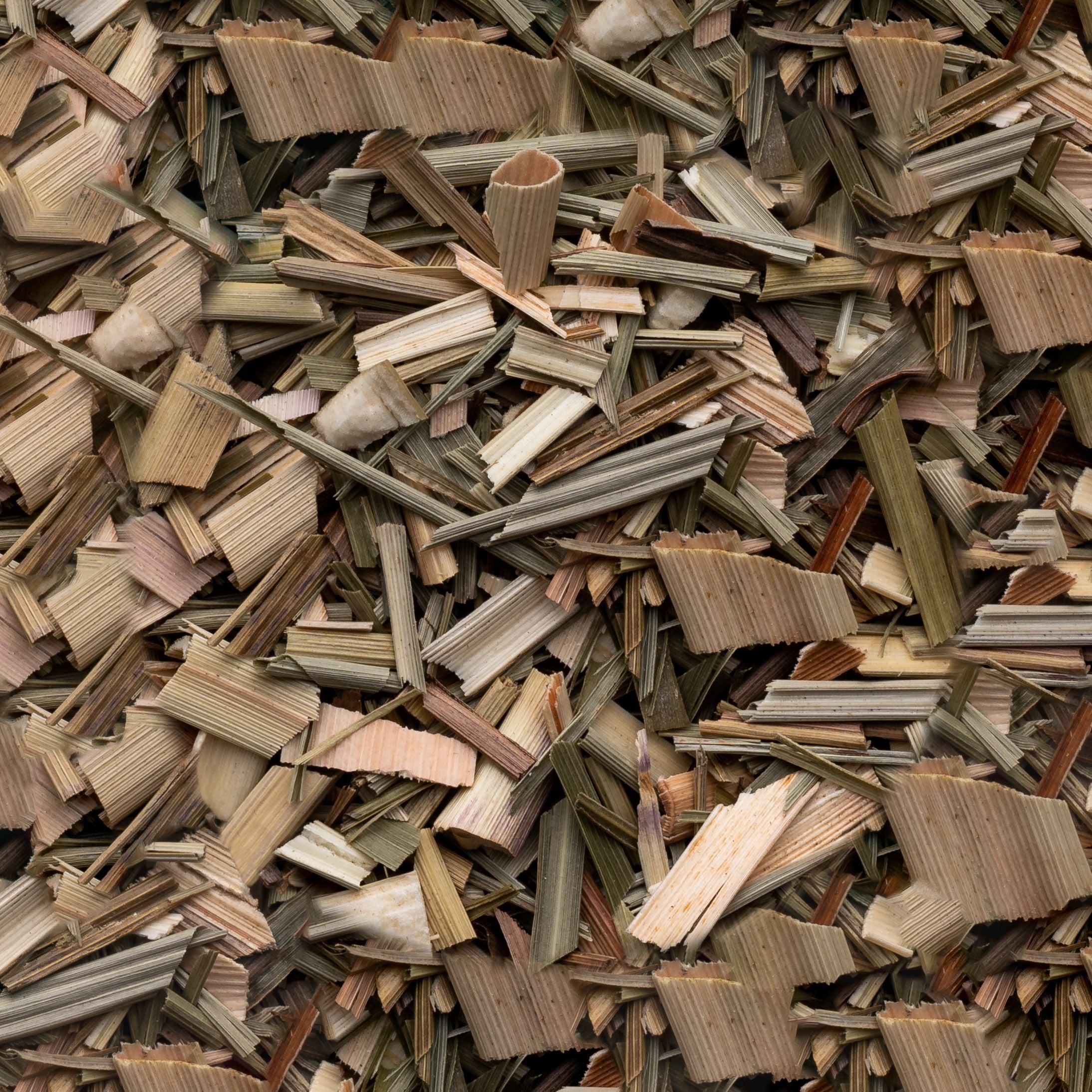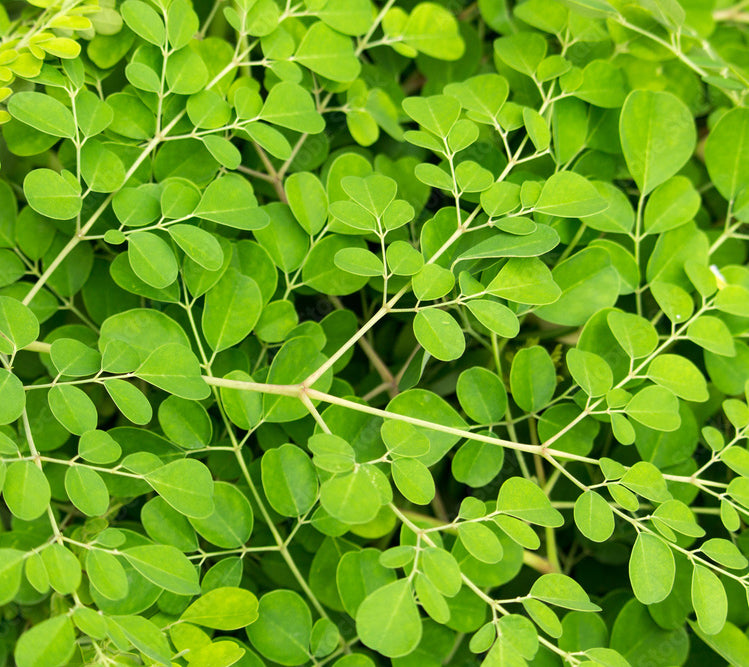Name: Zingiber officinale
Origin: India, Peru, China, Nigeria
Aroma: Sweet, Aromatic, Spicy
Flavor: Spicy with mild heat
Our Products: Cut & Sift, Tea Cut, Powder
Contact PGI for micro reduction, roasting, blending, milling, and social involvement with growers.
History
Ginger is native to southern China and the bordering southeast Asian countries. The oldest traces of domestication comes from people within the Austronesian language family who used this plant to flavor foods as well as used the leaves to weave mats. Cultures included in this family are located in southeast Asia, Oceania, and East Africa. In the archaeological record and regional folklore, ginger was noted as a highly valuable plant that was used to seek protection from the spirits and used in healing rituals. Due to the geography of these regions, Austronesian cultures were very capable sailors and around 5,000 BP they began expanding to other regions including the Pacific Islands where ginger was first introduced. During this time it is thought that the plant was also spread through India and from India up into the Middle East and Europe. The ancient Romans were also captivated by ginger, trading for it with people from India, and it quickly became a staple in their society. After the Roman Empire fell, people within the Arabian peninsula took over the trade of ginger and prices soared making it more of a luxury item. Even with its extensive use, ginger was more commonly a medicinal plant than it was a food commodity. In the last 200 years its use in cultural cuisines has soared with many variations in how it is prepared and what it is paired with.
Traditional Uses
Ginger, an ancient folk medicine, has been used to treat a variety of ailments. Some of the most common treatments cross-culturally include flu prevention, nausea, blood circulation, constipation, and headache relief. In Congo, tangawisi juice, made from the sap of the mango tree and ginger, is a noted cure-all tonic and in Chinese medicine it is considered to help the lungs, spleen and stomach with its warming properties. In more modern times ginger has been used as a light snack that aids in motion sickness for long journeys as well as a treatment for inflammation.
Ginger Latte
For Tea
- 1 cup unsweetened hemp milk
- 1 tsp ginger powder
- .5 tsp ground cinnamon
- 1 Tbsp raw honey
- 1 tea bag of black tea (or 1 Tbsp of loose leaf)
Place all ingredients, except tea bag (or tea ball), in a saucepan. Heat on high until hot but not boiling. Take off heat and use a milk frother or immersion blender to get a smoother texture. Pour into mug and add your black tea to steep for 3-5 min. Drink this anytime of the day for a spicy sweet treat!

